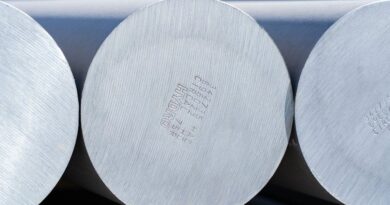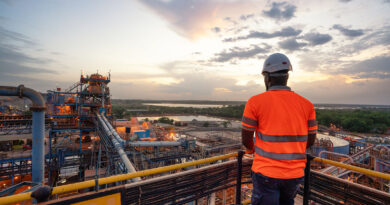USGS: Global rare earths production up 3.4% in 2022, China leaps 25%
According to preliminary data released by the U.S. Geological Survey (USGS), global rare earth minerals (REE) mine production in 2022 is estimated at about 300,000 tonnes of rare-earth-oxide (REO) equivalent, up 3.4% from 2021 (290,000 tonnes).
China solidified its status as the world’s largest producer of REE with 210,000 tonnes of REO equivalent mined in 2022 (measured by documented production quota), which is 25% more than a year ago (168,000 tonnes). China was followed by the United States (43,000 tonnes), Australia (18,000 tonnes) and Burma (12,000 tonnes).
USGS said that China’s Ministry of Industry and Information Technology raised 2022 quotas for rare-earth mining and separation to 210,000 tonnes and 202,000 tonnes of REO equivalent, respectively. The mine production quota was allocated to 190,850 tonnes of light rare earths and 19,150 tonnes of ion-adsorption clays.
According to the report, the contribution of other countries’ mine production in global REE output declined in 2022 and accounted for 30% (90,000 tonnes of REO equivalent) of the world’s total REE mine production (300,000 tonnes of REO equivalent), compared to 42% in 2021.
USGS noted that the principal economic sources of rare earths are the minerals bastnasite, monazite, and loparite and the lateritic ion-adsorption clays. The rare earths are a relatively abundant group of 17 elements composed of scandium, yttrium, and the lanthanides.
The rare earths’ unique properties are used in a wide variety of applications.
Rare earth metals are critical for transition to a low-carbon economy, including their important applications in renewable energy and electric vehicles.




